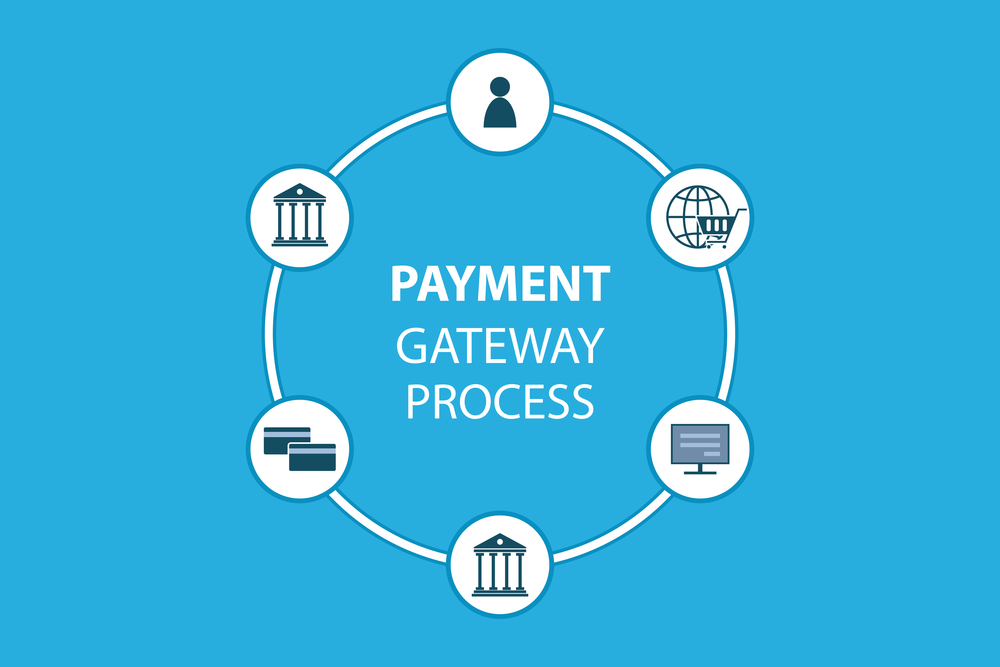In today’s digital age, online transactions have become an integral part of our lives. Whether you’re shopping online, booking tickets, or subscribing to services, making payments on the internet is now the norm. But have you ever wondered how these transactions happen seamlessly? That’s where payment gateways come into play. In this guide, I’ll walk you through what payment gateways are and how they work, all in simple and easy-to-understand terms.
Understanding Payment Gateways: What Are They?
A payment gateway is like the virtual cash register of the internet. It’s the bridge that connects your online store or service to the customer’s bank, allowing you to accept payments securely and conveniently. Think of it as the digital equivalent of swiping your card at a physical store, but with a lot more complexity behind the scenes.
How Do Payment Gateways Work?
- Payment Details Collection: When you’re ready to make a purchase, you provide your payment information. This could be your credit card number, expiration date, CVV, or even digital wallets like PayPal.
- Data Encryption: The moment you hit that “Pay Now” button, your payment details are encrypted to ensure they can’t be intercepted by cybercriminals. This is crucial for keeping your sensitive information safe.
- Authorization Request: The payment gateway then forwards your encrypted details to your bank or credit card company. They check if you have enough funds or credit to cover the purchase. If everything checks out, your bank sends an authorization back to the payment gateway.
- Transaction Approval: The payment gateway receives the green light from your bank and informs the website or service that your payment was successful. You’re then given the go-ahead to enjoy your purchase.
Why Are Payment Gateways Important?
Payment gateways are like the silent heroes of online transactions. They ensure:
- Security: Your payment details are encrypted, minimizing the risk of cyber theft.
- Global Transactions: Payment gateways allow businesses to accept payments from customers all over the world.
- Convenience: With payment gateways, you can pay for services and products from the comfort of your home, any time of day.
- Quick Transactions: The whole process takes just a few seconds, making online shopping and payments faster than ever.
Top Actionable Steps for a Smooth Payment Experience:
- Choose the Right Payment Gateway: If you’re a business owner, select a reliable payment gateway that aligns with your business needs and budget.
- Offer Multiple Payment Options: Cater to various customer preferences by providing multiple payment methods, such as credit/debit cards, digital wallets, and even bank transfers.
- Prioritize Security: Make sure your chosen payment gateway is PCI DSS compliant, ensuring your customers’ data is safe.
- Optimize for Mobile: As more transactions happen on mobile devices, ensure your payment gateway is mobile-friendly for a seamless experience.
- Test Thoroughly: Before making your payment gateway live, conduct thorough testing to catch any glitches or issues that could frustrate your customers.
- Transparent Pricing: Understand the fee structure of your chosen payment gateway to avoid any surprises.
- User-Friendly Checkout: Keep the checkout process simple and quick. A lengthy and confusing checkout can lead to abandoned carts.
Conclusion:
Payment gateways are the unsung heroes of our online payment experiences. They make transactions secure, fast, and convenient. Whether you’re a business owner or a customer, understanding how payment gateways work can help you navigate the digital world of payments with confidence. By following the actionable steps outlined in this guide, you’ll be well on your way to providing or enjoying a seamless online payment experience.

